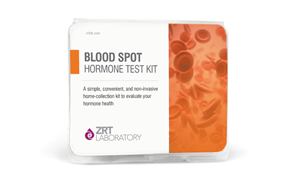New LC-MS Profiles
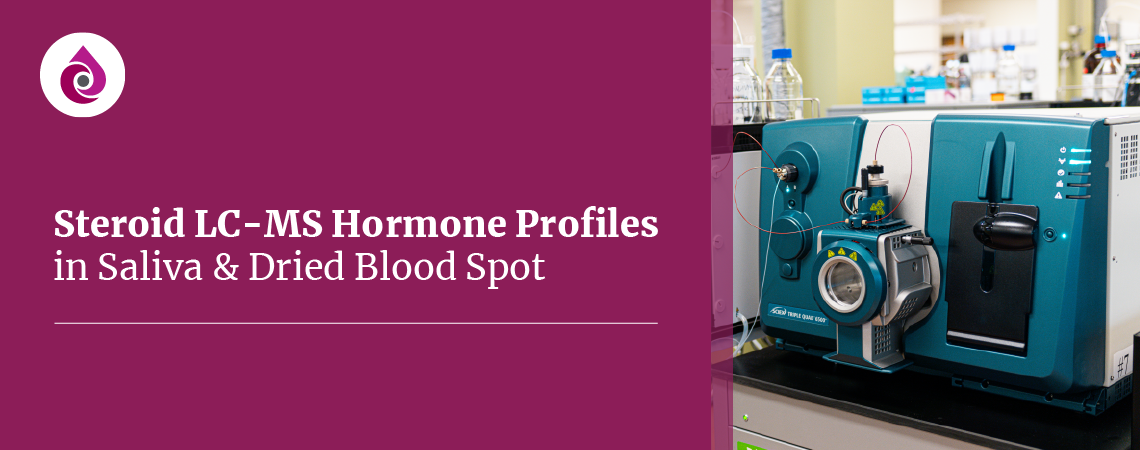
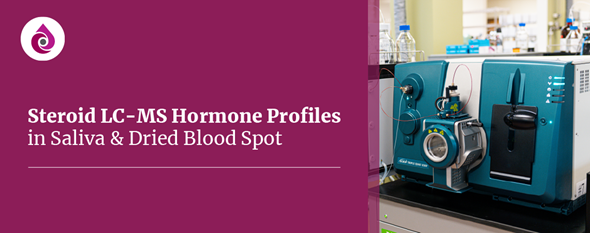
We are excited to share with you our new Steroid LC-MS Hormone Profiles, which will be available in both saliva and dried blood spot (finger-stick dried capillary blood) are here! Our goal is to continue to bring the most advanced testing methods and outcomes to you and your patients. Here is a look at the new Steroid LC-MS Hormone Profiles and more details about the updates to our current product offerings available now.
SALIVA
New - Steroid LC-MS Hormone Profile 7
This new profile will test 7 hormones via LC-MS that is available for both females and males, including estradiol (E2), estrone (E1), estriol (E3), progesterone (Pg), testosterone (T), dehydroepiandrosterone sulfate (DHEAS), and cortisol (C).
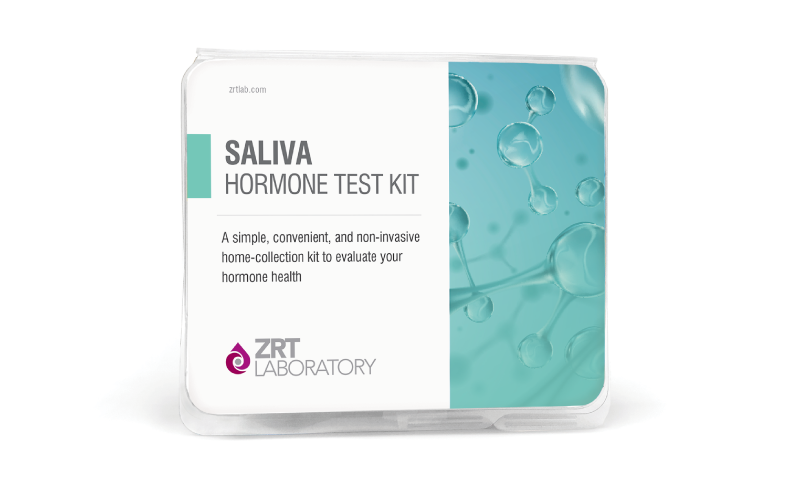
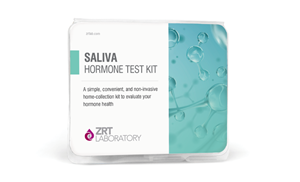
Dried Blood Spot (DBS)
Our existing Female Blood Profile I and Male Blood Profile I have expanded. Both profiles will now test 8 hormones as listed below and be run using LC-MS. You may also continue to add our saliva cortisol x 4 to either of the DBS-expanded profiles below as a Saliva + Blood Spot Test Kit as you could before.
Female Blood Profile I
Test now includes: E2, E1, E3, Pg, T, DHEAS, C, and SHBG.
Male Blood Profile I
Test now includes: E2, E1, Pg, T, DHEAS, C, SHBG and PSA.
Read more details in our frequently asked questions (FAQs) below that provide more insight into our testing methods and expanded information on our new products and innovative scientific approaches.
FAQs
Yes, our standard Saliva Profiles I, II and III will continue to be available. However, add-on testing of E1 and E3 for these profiles will be going away as of December 5, 2023. Our new LC-MS Hormone Profile 7 will include both E1 and E3 and is a great profile for those who’ve historically ordered single tests with these hormones added on.
You can order our NEW profiles from our updated requisition form that will come inside your newly ordered kit(s). You will notice a slight change to the look of our order form, which is now easier to use when placing your test orders.
If you have existing kits, we encourage you to use them. If we receive orders for products or tests, we are phasing out, our team will contact you to discuss your options. You may be eligible for an upgrade at no additional cost for a limited time. For existing kits, you may write in the new profile you’d like to order.
We converted our saliva 5-hormone profile tested by enzyme immunoassay assay (EIA) because the commercial immunoassay kits for estriol (E3) and estrone (E1) results didn’t meet our standards at ZRT. Innovation and science continue to evolve, and so do we! For the past several years we’ve been testing E3 and E1 by LC-MS and adding those results to the conventional 5-hormone EIA. Running two different assays, EIA and LC-MS to generate the 7-hormone panel of E2, E1, E3, Pg, T, DS, and C significantly added to our costs. To keep costs manageable, while bringing you these added tests (E3 and E1) we decided to offer the 7-hormone saliva tests (E2, E1, E3, Pg, T, DS, C) as an LC-MS profile only. Our new 7-hormone LC-MS saliva panel is a little more expensive than the current EIA (E2, Pg, T, DS, C) + LC-MS (E1, E3) add-on, but will allow a better quantitative comparison of all three estrogens (E2, E1, E3) using the same method (LC-MS) and significantly expanding the accuracy of the linear detectable range of all 7 hormones.
LC-MS is a highly accurate way of testing hormones that we need to use for our E1 and E3. We are currently utilizing LC-MS for testing these hormones already. EIA methods are not up to ZRT standards for those two specific hormones. We want to continue to provide the best options available and LC-MS is another way of testing. LC-MS is also commonly used in many research studies.
LC-MS has some advantages over EIA and vice versa. LC-MS is more sensitive at very low levels which can be helpful when hormones are in very low concentration. LC-MS may also offer advantages when high dose hormones are being used topically which may cause cross reactions with antibody testing.
Most ranges are going to be very similar between EIA and LC-MS, but LC-MS ranges are in general slightly lower than EIA ranges. Lab results need to be interpreted according to the ranges of the methods used for testing.
The Saliva Steroid LC-MS Hormone Profile 7 will be available at the same total price you currently have if you ordered Saliva Profiles with add-on tests E1 and E3 for a limited time.
Add-on testing is going away as of December 5, 2023. Our new Saliva Steroid LC-MS Hormone Profile 7 includes E1 and E3 to simplify laboratory workflow and continue to provide efficient and timely reports.
ZRT has had a 23-hormone LC-MS profile in the test environment for about seven years, and in commercial format for the last three years. We have been generating saliva and dried blood spot steroid results using LC-MS for pharmaceutical research groups, academic researchers in universities, and with NIH-researchers for more than five years now. Some of these results are currently published in scientific journals.
The 7- or 23- hormone saliva assay can be run with about 1 mL (preferred > 2 mL sent to ZRT) of saliva. The 7-hormone DBS assay can be run with a minimum of three full blood spots, but 12 filled spots is preferred if more testing is requested or in case of repeat testing.
The LC-MS 7-hormone profile includes the basic hormones typically ordered by practitioners who want to know about the parent hormones associated with most of the clinical endocrine problems. The 23-hormone profile includes a much broader panel of hormones that are more helpful for understanding complex steroid hormone problems of the endocrine system, such as polycystic ovary syndrome (PCOS) and the various forms of congenital adrenal hyperplasia (CAH), premenstrual syndrome (PMS), and premenstrual dysphoric disorder (PMDD).
The LC-MS test is also a more useful tool for understanding what pathways precursor hormone therapies (e.g., pregnenolone, DHEA, progesterone, testosterone) take to become active estrogens, progestogens, androgens, glucocorticoids, and mineralocorticoids. It is also a great test to determine how different types of hormones and their administration routes (e.g., oral, topical, transdermal patch, IM/SC injections, pellet, vaginal) affect their bioavailable (saliva) and total blood (DBS) levels.
The LC-MS method shines a much brighter light on the full steroid hormone cascade and provides more insight into clinical problems that might arise with insufficient or excessive hormone therapies.
